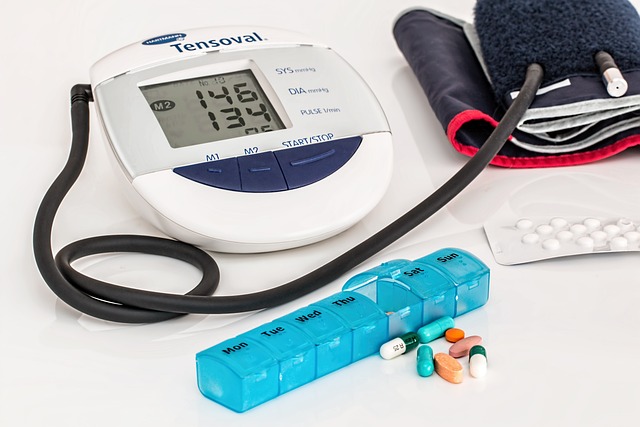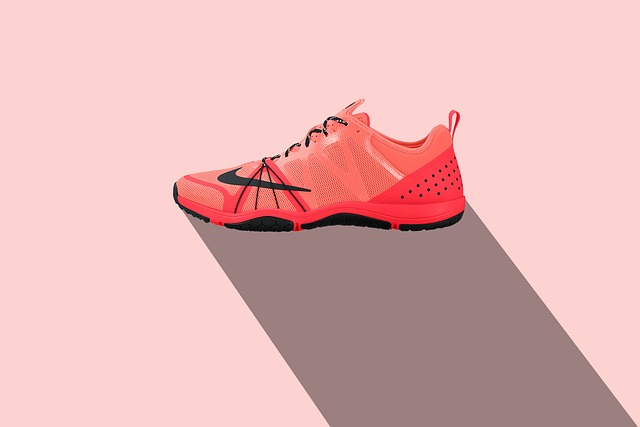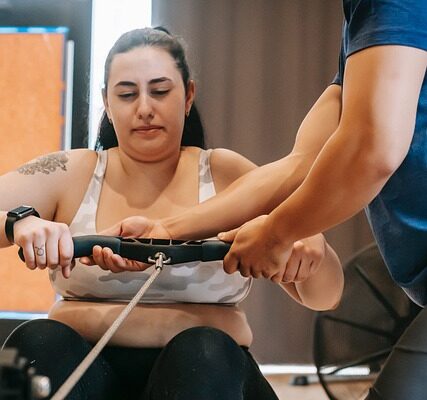You could be surprised if you join up for an indoor rowing class for your next workout. Indoor rowing sessions are not as prevalent as yoga, Zumba, or spin classes, but their popularity is growing since they train the complete body. Here’s how to be ready and what you should know before enrolling in an indoor rowing lesson.
Selecting the best training class for you is similar to finding the perfect pair of shoes. It’s possible that you’ll have to try a few before finding the perfect fit. Alternatively, depending on your mood, you can alternate between your favorites.
What exactly is indoor rowing?
Indoor rowing makes use of a stationary exercise machine that simulates rowing water without the need for actual water. It is a full-body workout that focuses on your arms, legs, and core.
Indoor rowing is also a low-impact choice for people seeking an exercise that is easy on the joints but tough on the muscles. Rowing, like swimming, is a fluid movement. The tension on the machine may be adjusted, making it an effective exercise for developing cardio and strength.

Advantages of Indoor Rowing
Any type of training is helpful, but what distinguishes indoor rowing is that it is a total-body workout. Because it gets your heart beating and targets multiple muscle areas, it also combines the benefits of aerobic exercise with strength training in one workout.
Indoor rowing may be very advantageous for persons who are vision impaired. Visual impairments can make doing exercise difficult, leading to incorrect body composition, low fitness, and scoliosis. Indoor rowing is a good activity for those who are visually impaired and can help them improve their body composition and physical fitness. These advantages, however, could apply to everyone.
Rowing can also aid in the development of strength and anaerobic endurance. Rowing is an efficient approach to enhance specific measures of physical fitness, such as muscle power, strength, endurance, and change-of-direction speed, when paired with strength training.
Think again if you think you won’t break a sweat during an indoor rowing class. Rowing, as opposed to swimming, may enhance cardiac output to a larger amount. Cardiac output is the amount of blood pumped by your heart each minute. It raises your heart rate and causes your blood to beat faster.
Use of an Indoor Rowing Machine
To begin using an indoor rower, sit down. Each machine has a seat that is mounted on a rail. The chair swivels back and forth.
Place your feet on the footplates or in the foot straps, keeping your knees bent. Take hold of the handle attached to the circular wheel at the front of the machine, known as the flywheel. Maintain a shoulder-width distance between your hands.
Extend your legs to drive your torso back, but keep your knees slightly bent. Pull the handle nearer your chest as you lean back. Maintain arm and core muscle engagement. Repeat the movement after you return to the starting position for the duration of the workout. The movement should be smooth. Visualize yourself doing this on the water.
To accommodate your height and flexibility, you may need to make some adjustments to the machine. You may also adjust the tension to make the workout more or less difficult. Though it appears to be a simple workout, it rapidly becomes difficult.
What to Look For in a Class
If you’ve ever taken a group fitness class, you’re probably familiar with the general format. Rows of indoor rowing machines are set up. At the front of the studio, room, or outdoor location where sessions are held, a single instructor faces the class.
Indoor rowing classes are normally 30 to 45 minutes long. Classes often begin with a few minutes of warming. The class may then proceed to a series of intervals or circuits. Throughout the workout, you will row slower or faster as instructed by the instructor.

In some classes, the teacher may urge you to leave the machine and practice bodyweight exercises such as squats. In others, you may remain seated but place the handles down and perform crunches. The lesson usually closes with stretches and a cool-down period.
How to Get Ready
Arrive early for your first indoor rowing class. You probably need to require to check in at the front desk and complete some paperwork. Before class begins, the instructor may also want to show you how to use the machine securely.
Rowing class is a total-body workout, so you should be well rested. Avoid engaging in any vigorous activity the day before that may leave you stiff or painful. You should also stretch before any workout class, including rowing classes. Stretches for the upper and lower body should be done.
Rowing demands a lot of energy, so don’t come hungry. 30 minutes before class, have a snack or a small meal. It is also a good idea to come hydrated.
What Should You Bring?
Indoor rowing classes just require one machine. Thus no equipment is required. However, the studio may require you to bring or sign waivers upon your arrival.
Bring your personal belongings, such as a purse, wallet, phone, or car keys, and store them in the designated location beside the front desk. Lockers may be provided as well, in which case you need to bring a safety lock.
You should also bring a towel to clean your face because you may perspire during the class. Make sure to bring some water with you so you can sip it on throughout the class to stay hydrated.
How to Dress

Unlike pilates or spin sessions, indoor rowing does not require special socks, shoes, or footwear. Lightweight shoes or sneakers will function better than clunky ones.
Form-fitting apparel is advised. Loose-fitting or baggy apparel may limit your capacity to move freely during the workout. Tight clothing is less likely to obstruct your movement, so choose fitting shirts, shorts, or leggings.
To Conclude
It can be intimidating to try a new workout class. There may be students who have been attending the class for longer than you. Remember that everyone began somewhere, and doing anything new demonstrates courage and initiative.
Indoor rowing appears simple, but depending on the instructor, it may be a strenuous cardio and strength workout. Your muscles may become weary, and you may break a sweat. Arriving hydrated, nourished, rested, and properly stretched will aid your performance in class. The teacher can reassure you if you have any concerns about what to expect before starting an indoor rowing class.
